The competitive landscape of the Global Botulism Illness Market has been characterized by a growing emphasis on innovative treatments and preventive measures against botulism, a potentially fatal illness caused by the bacterium Clostridium botulinum.
As awareness of botulism increases due to food safety concerns and advancements in medical science, the market has attracted various pharmaceutical companies striving to establish a robust portfolio in this niche area.
The landscape includes a combination of established players along with emerging firms, each contributing their unique offerings and competitive strategies. Factors such as regulatory approvals, research and development investments, collaborations, and geographical reach play pivotal roles in shaping the market dynamics.
Companies are also focusing on educational initiatives about botulism and its prevention that could enhance public knowledge and awareness, thereby positively impacting market growth.
Pfizer holds a notable position in the Global Botulism Illness Market with its extensive experience in pharmaceutical development and a robust portfolio of therapeutic solutions. The company has made significant investments in research and development to refine treatments targeting botulism, leveraging its technological advancements and expertise in the field.
Pfizer's competitive strengths include a well-established global presence and a network capable of delivering its products effectively to healthcare providers and patients. This extensive distribution ensures high visibility of its offerings in various regions, which bolsters its position in the botulism illness segment.
Moreover, Pfizer's commitment to fostering partnerships with healthcare practitioners facilitates knowledge exchange and keeps it at the forefront of innovative practices in the management and prevention of botulism.
Merck and Co plays a crucial role in the Global Botulism Illness Market through its extensive range of pharmaceuticals and vaccination solutions. The company's focus on infectious diseases makes it a significant player in the botulism prevention arena, with key products aimed at improving patient outcomes.
Merck's strengths lie in its solid research foundation, which enables the company to continually introduce cutting-edge solutions that align with current medical practices. The company has engaged in several strategic mergers and acquisitions, enhancing its product portfolio related to bacterial illnesses, including botulism.
By leveraging its strong market presence, Merck and Co effectively navigates various healthcare markets worldwide, ensuring comprehensive access to its products.
Additionally, by collaborating with healthcare entities and investing in community awareness programs, Merck not only strengthens its position in the market but also contributes to the broader efforts in preventing botulism through increased educational outreach.
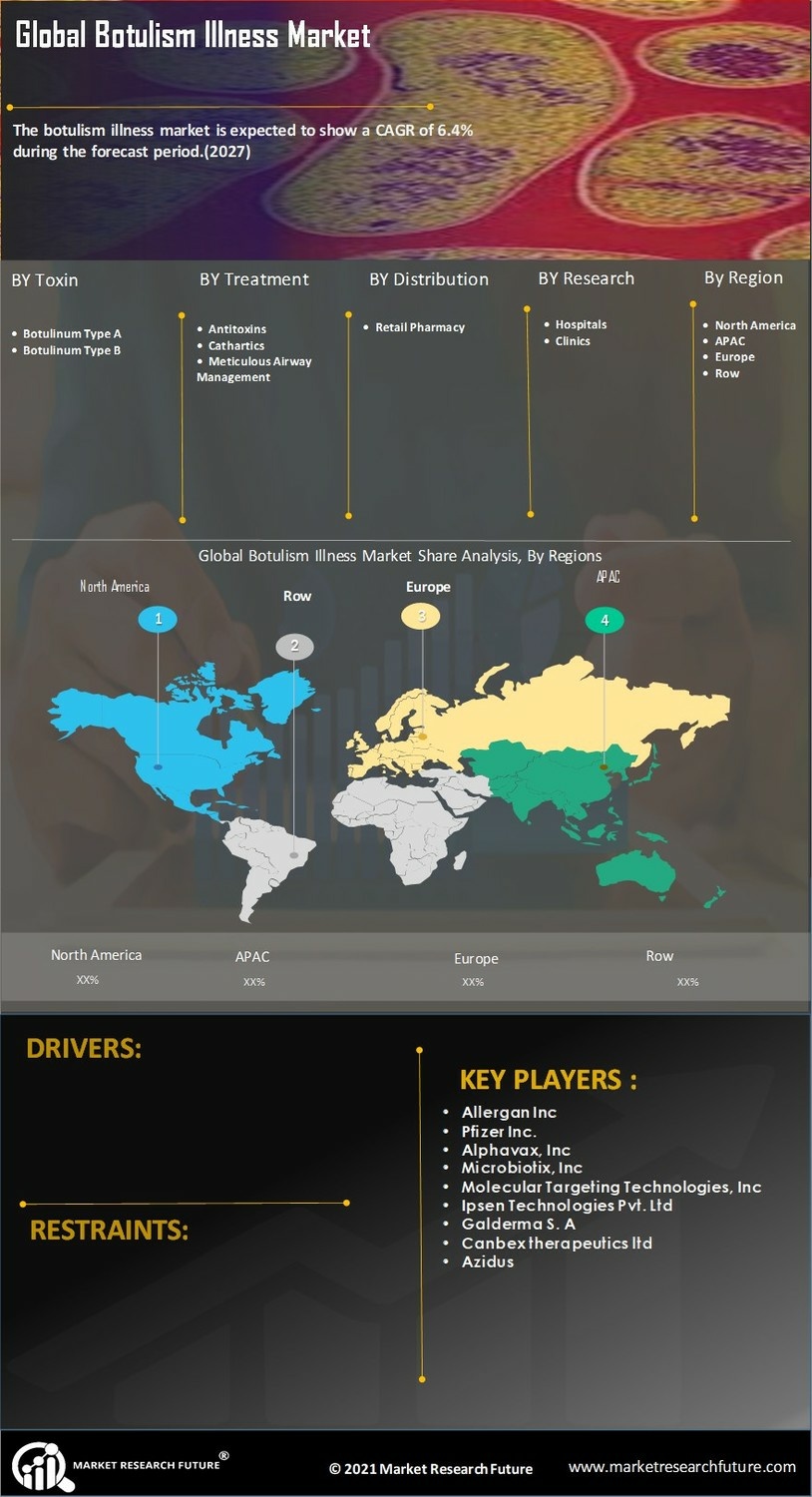

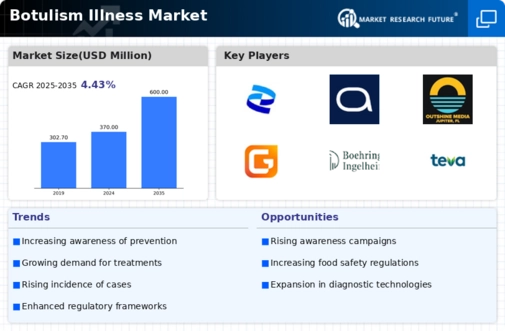
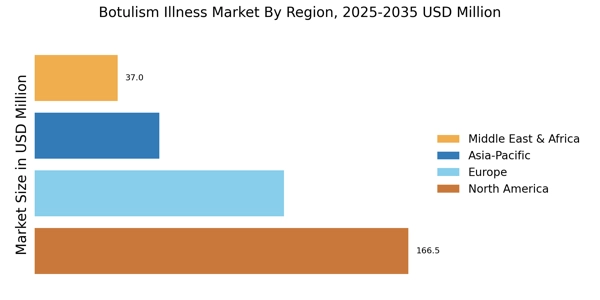

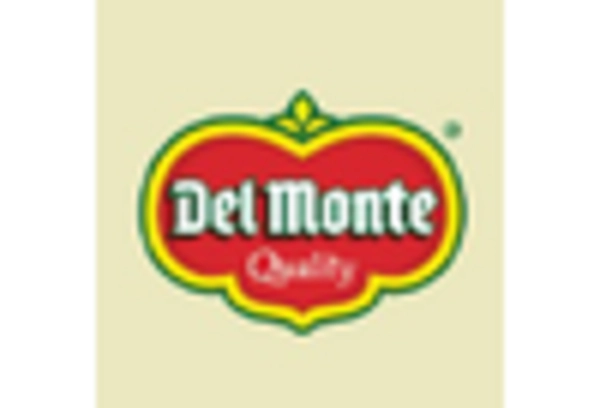
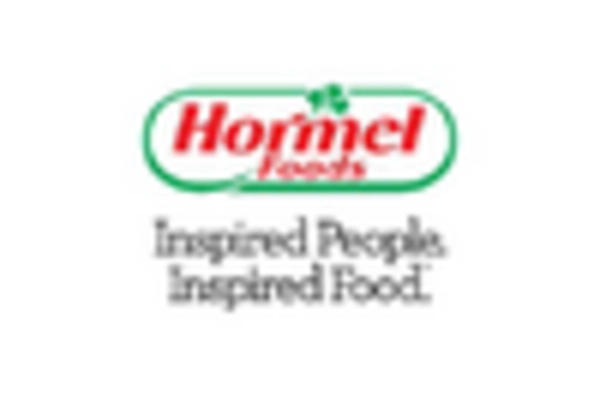
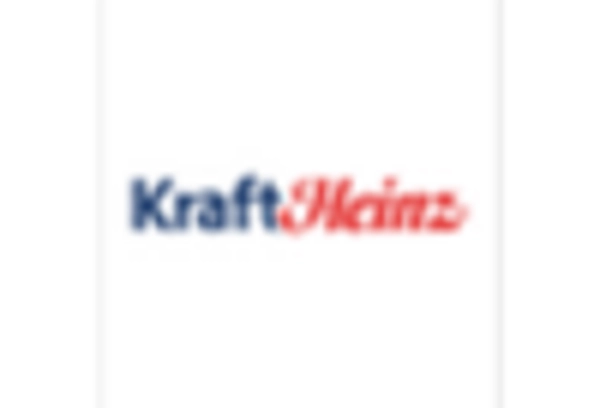










Leave a Comment